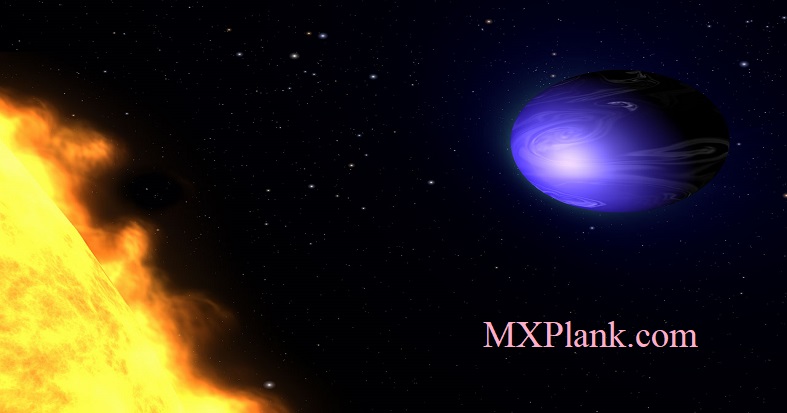
Herbig-Haro objects are some of the rarer sights in the night sky, taking the form of thin spindly jets of matter floating amongst the surrounding gas and stars.

This new NASA/ESA Hubble Space Telescope image shows ghostly green filaments, lying within galaxy UGC 7342.

In each of these eight images a quasar beam has caused once-invisible filaments in deep space to glow through a process called photoionisation. Oxygen, helium, nitrogen, sulphur and neon in the filaments absorb light from the quasar and slowly re-emit it over many thousands of years. Their unmistakable emerald hue is caused by ionised oxygen, which glows green.

This image shows a 'hot Jupiter' planet known as HD 189733b orbiting its star, HD 189733. The NASA/ESA Hubble Space Telescope measured the actual visible light colour of the planet, which is deep blue. This colour is not due to the presence of oceans, but is caused by the effects of a scorching atmosphere where silicate particles melt to make 'raindrops' of glass that scatter blue light more than red light.